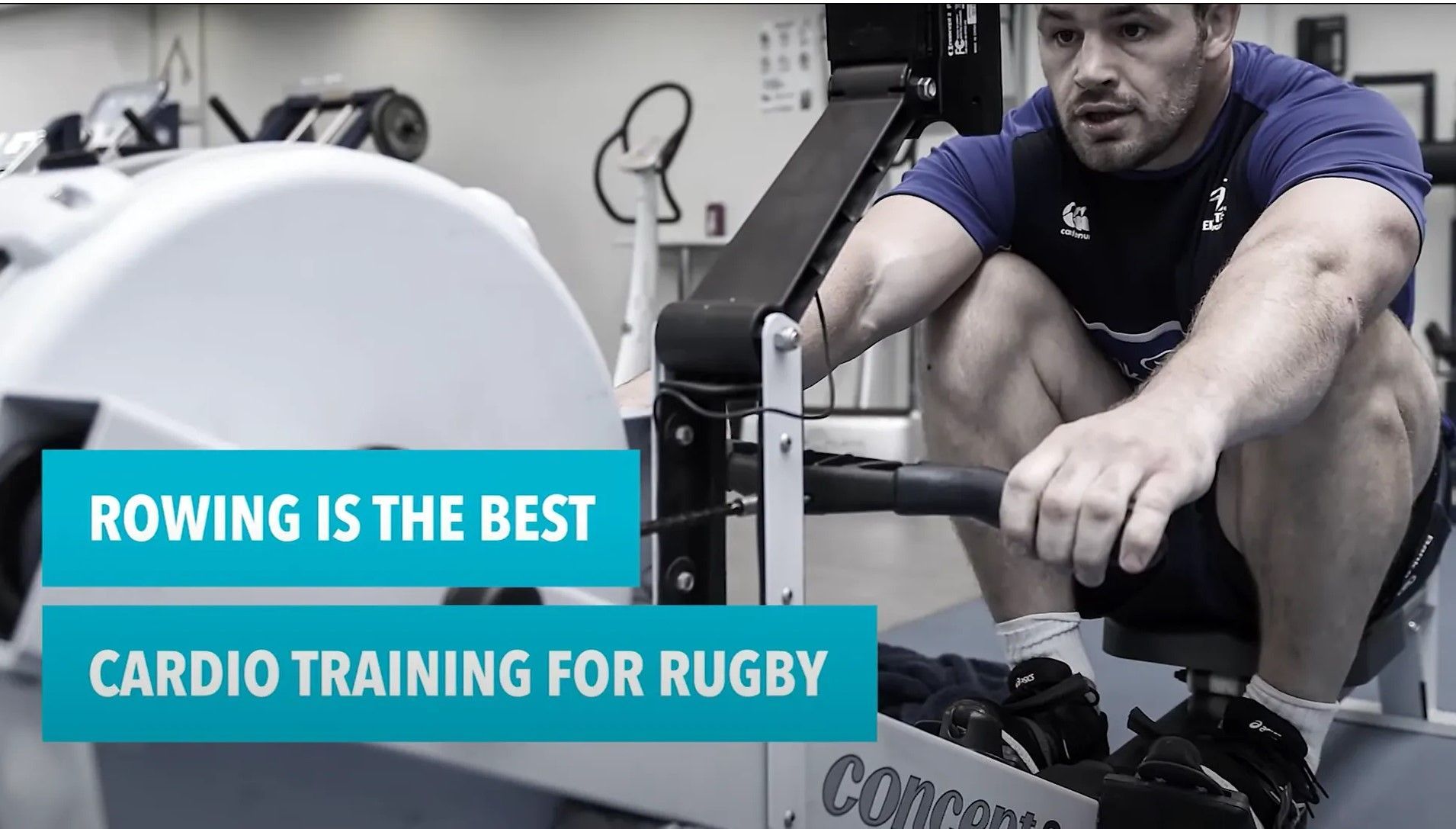It’s all about teamwork!

Whatever the reasons for Ireland’s disappointing exit at the World Cup quarter-final stage one thing for certain is that it cannot be attributed to a lack of physical conditioning. This squad of players was as well prepared, physically and mentally, as both of the teams playing in the RWC final. Next Summer our Men’s and Ladies Rugby 7s squads will be back at the Stade de France competing at the Olympic Games, along with our successful rowing crews.
Rugby is a physically demanding sport that requires a combination of speed, power, strength, and endurance. The same is true of the sport of rowing. Both sports demand whole body aerobic fitness and to improve this you need to exercise the entire body. This is one of the reasons why indoor rowing is such a great non-impact conditioning exercise for rugby players. There are few cross-training activities that can provide such a high-intensity full body workout, increase power output and stimulate the cardiovascular system, all at the same time and with no risk of injury like indoor rowing can.
A rugby match is made up of intermittent periods of high intensity efforts alternated with periods of less intense work. Phases of play can vary from 10 seconds to over three minutes and the physicality of the game demands a high level of both aerobic and anaerobic fitness. Rowers are recognised as athletes with amongst the highest aerobic capacities and this is mainly because rowing involves both the upper and lower body and recruits a very large muscle mass with a constant pushing and pulling muscle action, much like in a game of rugby.
Today’s rugby players are bigger, heavier and faster and the game is more physical than ever and the impact from collisions poses a greater risk of injury. While drills and set plays are an important part of on-the-field training, during cardio training sessions contact and impacts should be kept to a minimum. One way to reduce this problem is by taking a safer and smarter approach to cardiovascular conditioning like bike row ski workouts that train multiple systems efficiently.
“I used the Concept2 ergometer to complement the more specific running work required for international rugby. It formed an essential part of my rugby training”
— Simon Easterby, Ireland defense coach and former Ireland international
Pulling (and Pushing) Together
While indoor rowing is usually performed as an individual fitness activity, it is possible to connect up Concept2 rowing machines to create teams of 2s, 4s, and 8s just like on-the-water crew rowing, with the advantage of being able to track individual work output. With indoor rowing, it is even possible to have an entire team of XV pulling together in the same boat! Or how about some friendly team competition between the forwards and the backs?
When it comes to team sports, crew rowing is one of the best team-building exercises there is. Think of the connection between eight rowers in a boat and eight forwards in a scrum all pushing together! (For the uninitiated, rowing is much more about pushing than pulling). Like scrumming, it’s all about the leg drive. The most successful rugby packs and rowing crews operate as a single unit. Their understanding and reliance on each other creates a close-knit “team of us” mentality that is hard to beat.
In a rowing crew (on water or indoors), everyone has to pull their weight and work in tandem with their teammates. Take the most unified team from any sport and teach them how to pull together literally as a team, and they will build a camaraderie and dependence on one another unlike any other sport. From both a physical and mental perspective, crew rowing is the ultimate team workout. The fact that more rugby clubs don’t utilize bike row ski training in this way is surprising.
Take Rugby7s for example, a faster-paced version of the game that demands greater aerobic fitness than fifteen-a-side rugby. A Rugby7s half lasts seven minutes which is approximately the same time it takes a well-trained athlete to row 2000m (the standard race distance for on-water and indoor rowing). 2K based training on the erg is ideal for Rugby7s as it can replicate and exceed the intensities experienced in a rugby match, without any impact forces.
Interval training on the indoor rower is a challenging workout that develops anaerobic power and trains to decrease the time needed to recover between efforts. And as opposed to just running, the arms, shoulders, and back muscles get stronger—and that can be directly transferred to the rugby pitch. Other benefits of rowing for rugby include:
- It can be done indoors at any time – important considering how the weather can disrupt outdoor rugby training.
- It provides a way to accurately monitor your level of conditioning with constant feedback during your workouts
- Interval rowing provides excellent anaerobic conditioning that is complementary to sports power training
- Indoor rowing is a safe and effective method of cardiovascular training while recovering from an injury
- Interval training on the rower builds mental toughness
Whether you are a current or a former rugby player, regular sessions on the indoor rower can take your fitness to a higher level, without the constant impacts of specific rugby training. So if you miss the intensity, camaraderie and fitness of your rugby playing days, why not give the complete workout of team rowing a try?
Power-rowing is a group indoor rowing programme that emphasises teamwork and delivers some of the most effective fitness classes Bray has to offer. The classes are suitable for people of all ages and all fitness levels. No previous rowing or rugby experience required! If you’re searching for exercise classes Bray that are low-impact but incredibly effective, this programme is for you. Combine it with other top fitness classes Bray to round out your training with variety and purpose.
No matter your background, Power-rowing and smart exercise classes Bray can help build a strong, injury-resistant body and keep the passion for sport alive.
For more information visit www.power-rowing.ie or email mike@power-rowing.ie or call (083) 0488082
